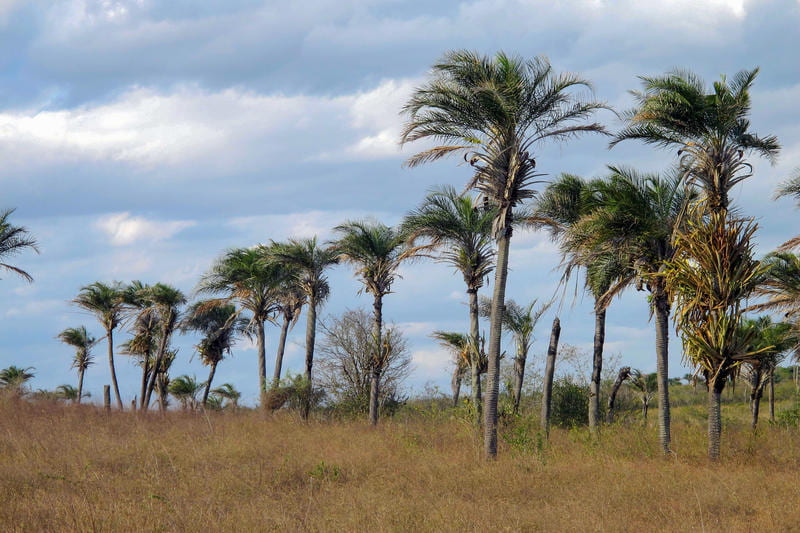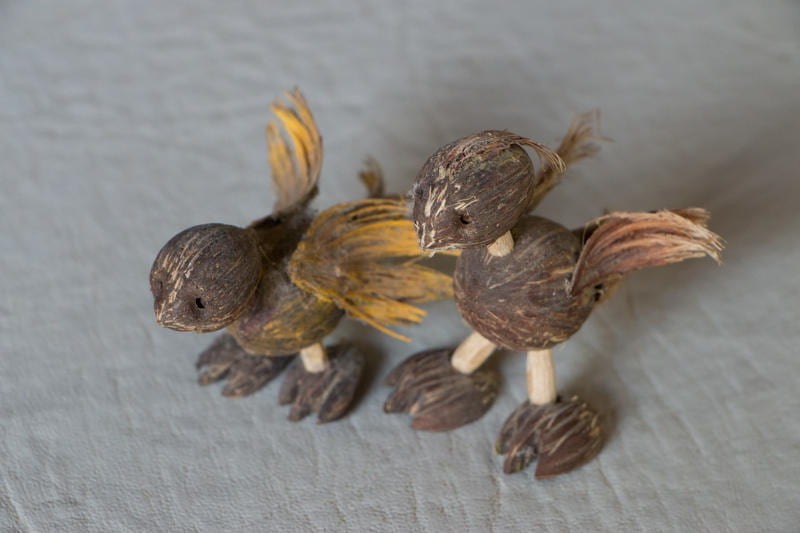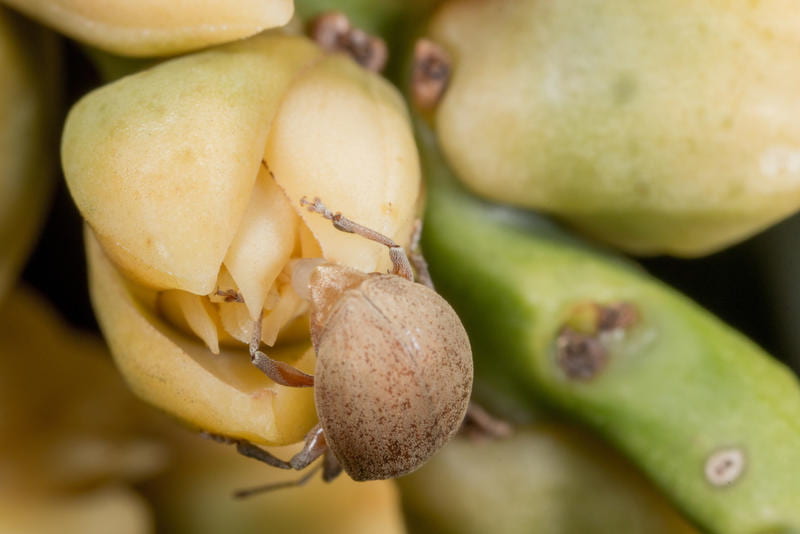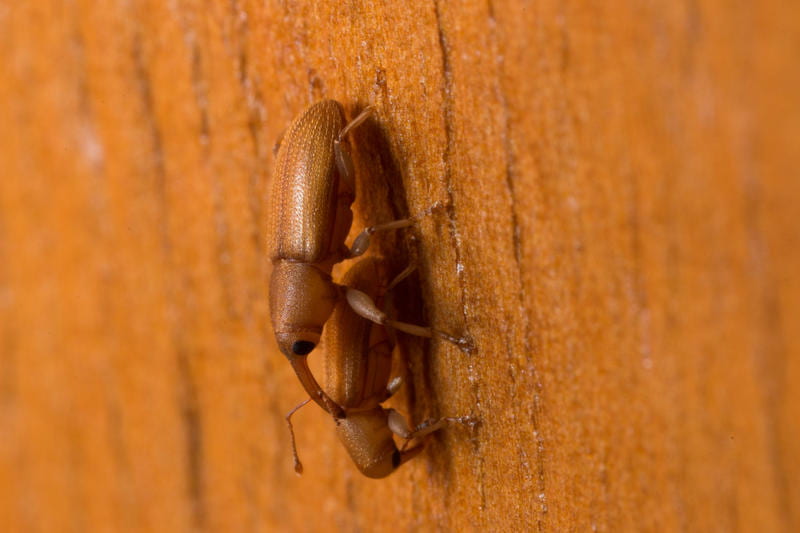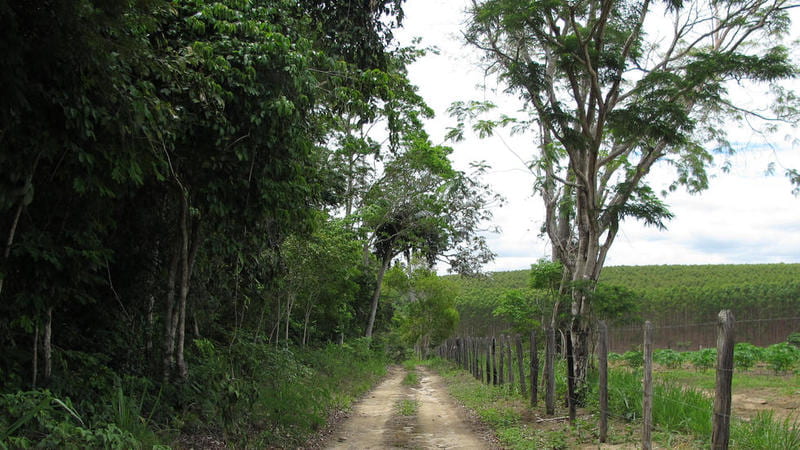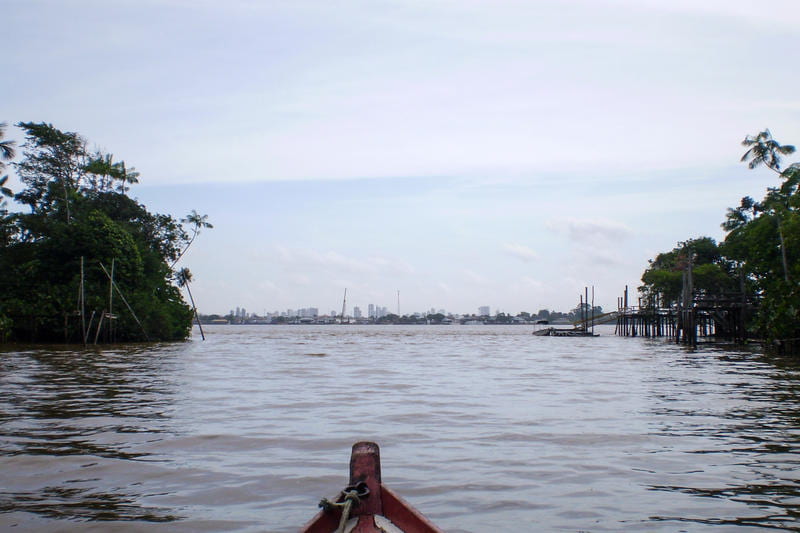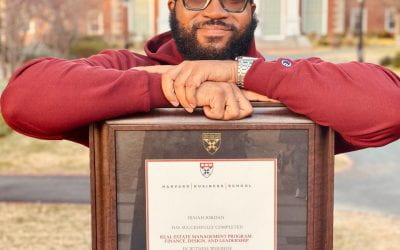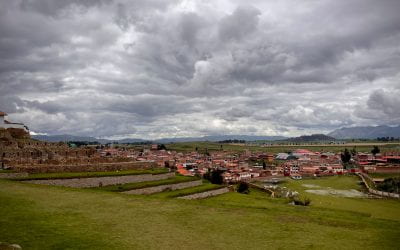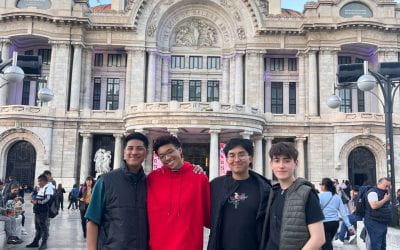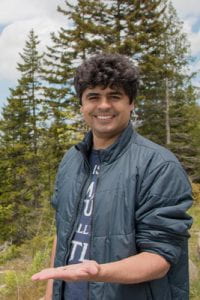
About the Author
Insects, Plants and Challenges Ahead
One of the great pleasures that I had as a Ph.D. student at Harvard was the opportunity to travel across Latin America, and particularly throughout my home country, Brazil. The thousands of miles that I covered contrast with the size of the creatures I was looking for: tiny insects associated with flowers of palm trees. “Flower visitors” is the term that we biologists use for the small animals that can be found in flowers, and only a subset of them are actually “pollinators”: the animals that engage in a mutualistic interaction with plants by carrying pollen between flowers. One of my goals was to figure out the role of each one of the dozens of species of abundant insects in flowers of the licuri palm in Northeastern Brazil, as a representative of a large group of palms closely related to the coconut.
I chose the licuri mainly because of the large amount of previously available information. There is evidence that this plant, one of the few evergreen in its semi-arid environment, has been used by human populations for thousands of years. This has been noted, for example, by von Martius, the first European scholar to write about its existence and uses in 1869. Seven decades later, another European noticed the many bugs found in association with licuri flowers. After escaping the revolution, war and two death sentences in his native Russia, the agronomist Gregorio Bondar settled in Bahia, Brazil, where he described what he thought to be pests attacking licuri flowers. It is clear that he aimed to develop this species as a crop. Licuri nuts taste much like a coconut, their fruit skins make a tasty juice and the plant is a source of wax, oils and fibers.
Another seven decades have past since Bondar’s studies and, while much research has been done with the licuri, most of what we know about the bugs in their flowers still traces back to him. I saw this as an opportunity to pick up on this research program and use this tropical plant as a system to better understand how evolution works. I reviewed the existing literature and added quite a lot of new data from field work to figure out that the main pollinator of the licuri is one of the beetles previously considered a pest: this species pollinates flowers as adults, but feeds on the same flowers as larvae. This kind of pollinator that breeds on developing seeds is somewhat rare around the world and they are especially interesting as windows to study how cooperation and conflict are balanced to generate and maintain a mutualism. Nature can be surprising and complicated, and this finding has opened up a lot of new questions that I plan to follow up.
I also combined this new information on ecology with DNA sequencing to answer a long-standing question in evolutionary biology. It might be a surprise to some, but much of the diversity of multicellular organisms in the planet is comprised by insects. Beetles, for example, make up almost 40% of the about 1 million known species of animals, with millions more estimated to remain undescribed. Insects that feed on plants are especially diverse, and it is generally thought that new species are generated at a higher rate as a result of the constant evolution of plant defenses and insect adaptation to these defenses. In palm flowers, one can find dozens of species of beetles, all of them interacting with the same plants across the same geographical ranges, but differing in their breeding sites and effectiveness as pollinators. Some are clearly plant antagonists, feeding on flowers before they even have a chance to open and almost never pollinating them. Others are the pollinators that I mentioned above, while others are neither pollinators or antagonists, and feed only on decaying tissues such as old flowers shed by the palm. If it is true that antagonism accelerates the generation the genetic diversity leading to new species, we should be able to observe that by comparing these beetles: antagonistic beetles should accumulate genetic differences between populations at a faster rate. This is not what I found: patterns of genetic divergence are quite similar across beetles, regardless of whether they are mutualists, antagonists, or none. This shows that the evolution of plant defenses is likely no the main driver of the generation of insect diversity and that when considering how insect-plant interactions generate diversity we should think beyond antagonism.
While focusing on weevils and palms, I could also appreciate the vast background of hugely diverse savannas, dry scrubs and rainforests visited in my field trips. Palms and their associated insects are only a few of the many poorly known tropical species that have the potential to provide new scientific insights and to be used by humans for many applications. Tropical diversity is a living lab and museum, truly a great asset of Latin America! However, it is currently threatened by climate change and, more immediately, by deforestation. About the time when I was finishing my Ph.D., it became clear that in Brazil we would elect for the first time in our recent history a leader openly supporting more deforestation, who views native species and indigenous knowledge about them as impediments for development. As I write this article, the Brazilian government is actively trying to silence scientists and to limit the public access to data that reveals the rapid acceleration of deforestation in Brazil in the last few months.
The end of my Ph.D. was also around the time when I happened to meet Carlos Nobre, a prominent Brazilian climate scientist who is leading the efforts of the Amazon Third Way. This initiative proposes a new mode of development in Amazonia: one that uses emerging technologies in combination with traditional knowledge to generate wealth in Amazonia based on its biodiversity, not on its conversion to pastures, mines and monocultures. Carlos’ research shows why this is an urgent task: contemporary and historic deforestation in the Amazon has left us on the verge of a tipping point that will irreversibly change the climate and vegetation of Amazonia, with global consequences. Right after defending my thesis last year, I transitioned to postdoc at Harvard and organized a symposium hosted by DRCLAS, together with Harvard professors Brian Farrell and Bruno Carvalho. We brought together scientists, policymakers, journalists, indigenous and religious leaders to discuss the interactions between climate, land and people in Amazonia and think about ways to imagine and reach ambitious futures in these times when hope is not really the dominant sentiment. The raw footage of the symposium is available at DRCLAS Facebook page and we will soon release an edited version with some of the highlights. I expect this is a step towards a dialogue between Harvard and Latin American researchers and policymakers on the future of Amazonia.
As I write this article, I keep working on insects, plants and their interactions, and will finally leave Harvard to start a new postdoc at the Smithsonian Tropical Research Institute next January. This means I will be based in Latin America again, with all of my favorite creatures right next door! I am also currently working with Carlos Nobre on designing the Amazon Creative Lab of Genomics as part of the Amazon Third Way Initiative, and soon we will be implementing the lab in Brazil to work on biodiversity and genomics while building local capacity. I certainly have challenging and exciting times ahead!
More Student Views
Resilience of the Human Spirit: Seizing Every Moment
In the heart of Chicago, where I grew up, amidst the towering shadows of adversity, the lingering shadows of generational demons and the aroma of temptation, the key to the gateway of resilience and determination was inherited. The streets of my childhood neighborhood became, for many, prisons of poverty, plundering, crime and poor opportunity.
Andean Cultural Landscapes in Danger: The Chinchero International Airport
English + Español
Cusco stands as one of the most culturally and ecologically captivating regions globally.
Blossoming Bonds: Beauty and Belonging in Mexico
When I heard the news about my upcoming trip to Mexico, a surge of excitement coursed through me, and I immediately felt the urge to share this exhilarating news with my close friends and family.

